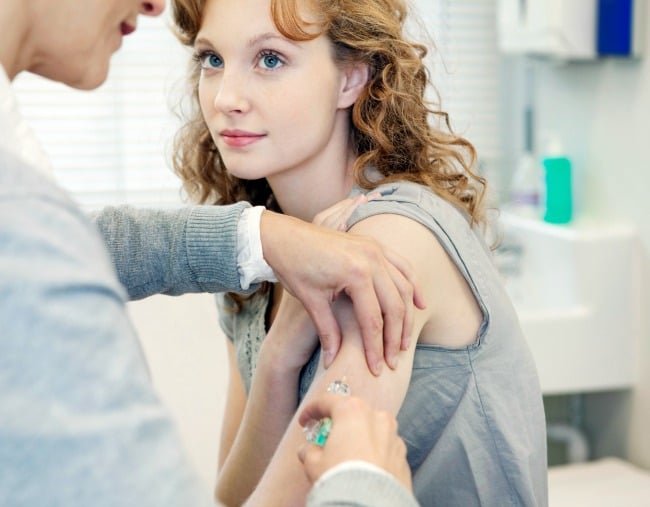

I have found a portal to another world. It’s my kid’s school bags. Those unassuming receptacles of books, lunchboxes and assorted paraphernalia have got more powerful magic than David Copperfield.
The school bag can disappear a sock in seconds, school reports vanish just moments after they are placed in the bag, and school notes, well, if they spend too long in the school bag, then they’re gone forever too.
Some notes are for sports carnivals, or excursions or canteen duty. If you miss them then it’s not that important. It won’t change your child’s life. But there’s one note coming home the first few weeks of term one that could. It’s about protecting your child from HPV (human papillomavirus), diphtheria, tetanus and pertussis (dTpa) and meningococcal disease. HPV can lead to various forms of cancer, including cervical, head and neck, and genital warts. And meningococcal disease may be rare, but it is deadly – in fact, the number of meningococcal cases in WA doubled from 2016 to 2017, up to 46 cases, tragically resulting in six deaths.
Thanks to steady vaccination rates and a robust health system, Australia is fortunate that we don’t have some of the diseases and death from infections that are common in some countries. In fact, we have such a good bill of health that when it comes to infectious diseases, it’s easy to lose sight of just how important it is to immunise. So if there’s a free, simple way to protect our kids from the diseases they are at risk of being exposed to, why wouldn’t you take that offer up?


